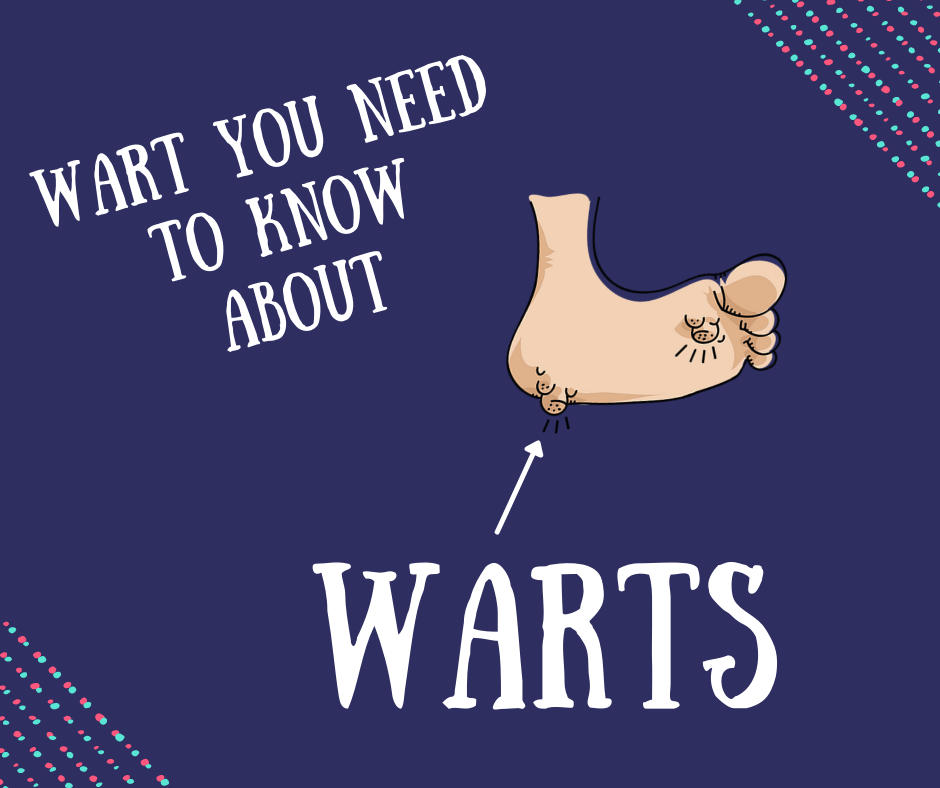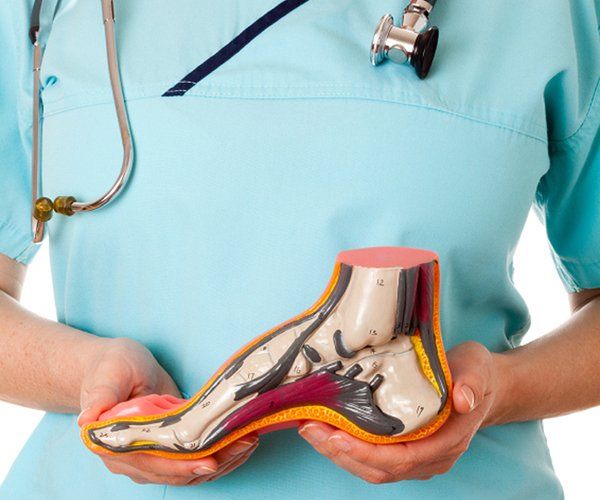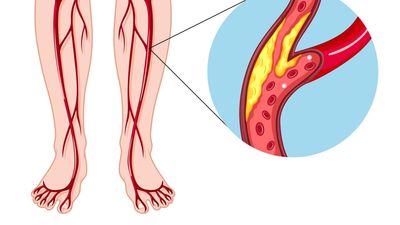Foot Health Week - Diabetes
Foot Health & Diabetes - What’s the connection?
This is a question that I hear almost every day, and for most people the answer is condensed down to the phrase “you will end up having an amputation”. I can’t count how many patients I have brought up this question with and recoiled when the only answer they have been given is that one. In my opinion, that is like saying “lose weight - it’s good for you”. Sure, we all know the end result, but knowing and understanding are two very different processes. If the only reason we know, is a fact of fear, then are we really going to be any more inclined to break down the question at hand.
With Foot Health Week 2020 here and in full swing, it got me thinking, rather than just saying why it is important to get your foot health checked (and that whole spiel of “book an appointment now”), perhaps I could help breakdown the “why”.
So without any further rambling, let’s see if I can help answer any questions.
The 2 main players we’re watching - Blood & Nerves
In a practical sense, these two components are the big culprits that lead to troubles later down the road. We all know that blood is the stuff that is important for healing, and nerves relate to sensations. But how does diabetes join the party and cause all these scary problems we hear about.
Part 1.
“Excuse me, you’re blocking my way”
The first stop we take on this learning journey is the blood vessels. I personally like to think of blood vessels as our internal plumbing. They are tubes that carry liquid stuff around the body. The stuff, blood, is made up of many different components, the end result, a juice that helps fight infection, heal injuries, keep tissue alive and so on.
Now with diabetes, the main trouble maker is high levels of sugar within the blood. Unless you're a vampire in the town of Mystic Falls (Vampire diary reference, do forgive me) this increased sugary blood isn’t actually a good thing. While we do need a small amount of sugar within our blood (to give energy to our cells), the story gets interesting when the levels get too high.
After a certain point, the glucose (fancy term for blood sugar) begins to damage the insides of our blood vessels (the arteries and veins). The body tries to rectify this, it begins to patch up the damage with plaque. Now, you can imagine, when you start to fill up a pipe with a sticky/putty like substance, it gets harder to squeeze water through it. The same occurs with our own vessels, our blood cells find it harder and harder to reach their destination. The further away from our heart we travel, the pipes get smaller and smaller (sort of like taking the freeway out to the country, you start off with 4 lanes and end up on some backroad travelling at 100 miles an hour!)
With our vessels getting blocked up, all our cells start to notice and get a little bit stressed. The real struggle starts when the amount of blood our cells need is more than what our vessels will allow. In those really small vessels (such as those in our feet), getting blocked means vital blood supply to the tissue just isn’t enough to get by. When this increased demands begins, our body struggles to do its normal tasks. These tasks such as healing a wound, fighting infection, keeping tissue healthy, fall behind, eventually if no help is provided (in the form of medical intervention) the conclusion can be that dreaded 10 letter word……amputation.
Part 2.
“I’m afraid I can’t feel anymore, I’ve been hurt too many times”
Do forgive those terrible segway, I am not a literary genius you see.
So, too much sugar in our pipes leads to plaque blocking the way. The next frustrating part is that nerves, are made up of cells, cells that need the same blood supply as the rest of our tissue to survive. Unfortunately, the nerves that are further away from the spine (the nerves in our feet are a prime example) rely on the some of the smallest blood vessels we have to give them what they need. If you have ever forgot to water your plants during summer, you’ll now how quick they start to wilt. In the case of our nerve cells, not getting enough nutrients and blood supply, means they begin to degrade.
When the nerves begin to degrade (sort of like a rusting cable) they become really bad at conducting and transmitting signals. What ends up happening is like a postman who doesn’t deliver any mail. The nerves try to send a signal, however they never get through. It becomes worrying when those signals/messages are about a cut on the bottom of your foot. If you don’t get told about it, how can you know to help it.
Do not fear - the Podiatrist is here!
How pompous is that statement! What I mean to say, is that, it isn’t all bad news. Detection and monitoring are our most important weapons. Podiatrists are like investigators, we go looking, and if something doesn’t seem right, we can get the attention of others, letting the right person for the job know.
How do we Podiatrists look for trouble?
It probably sounds really simple, because truthfully, it is! We break our assessment into 2 parts: Neuro (for the nerves) and Vascular (for the plumbing).
So with this in mind, here are the crucial Steps your Podiatrist should take to provide a thorough foot health assessment:
- The Fishing Line Test (or technically speaking, the monofilament 10 gram test). This is a quick simple test that uses a monofilament (pretty much a bit of fishing line) that is specially calibrated to apply 10 grams of pressure. We put this along the bottom of the foot, if you can feel it we know the nerves still work
- The vibration test. A quick tap of a special tuning fork (128hz for those musicians among you), allows us to check the dorsal column nerves (another type of nerve).
- The reflex test. A simple tap against a couple of your tendons and your muscle contracts making you move involuntarily. This allows us to check the spinal reflex arc.
- ABI (short for Ankle Brachial Index, a long term for blood pressure assessments). We take your blood pressure at your arms then measure the pressure at your ankles. By comparing these two measurements we can assess for major blockages in your lower leg arteries.
- Hand held doppler. A cool piece of equipment that allows us to hear the blood flow through the foot arteries. From this we can also listen to the regularity of the heart beat.
- More physical assessments. Rather than talking about everything else I will just quickly mention them here. Capillary refill, joint range of movement, visual hair growth, visual skin appearance, nail growth and muscle strength.
The take home message
While diabetes has serious impacts on our overall health it also plays a strong role in our foot health. A yearly assessment from your local Podiatrist should include all the above. If you feel that perhaps you haven’t had these tests, ask! The sooner we can spot a problem the less of a problem it actually is.
If you have any questions, please feel free to reach out and contact us.
Bye for now,
Andrew Hadley
Share






